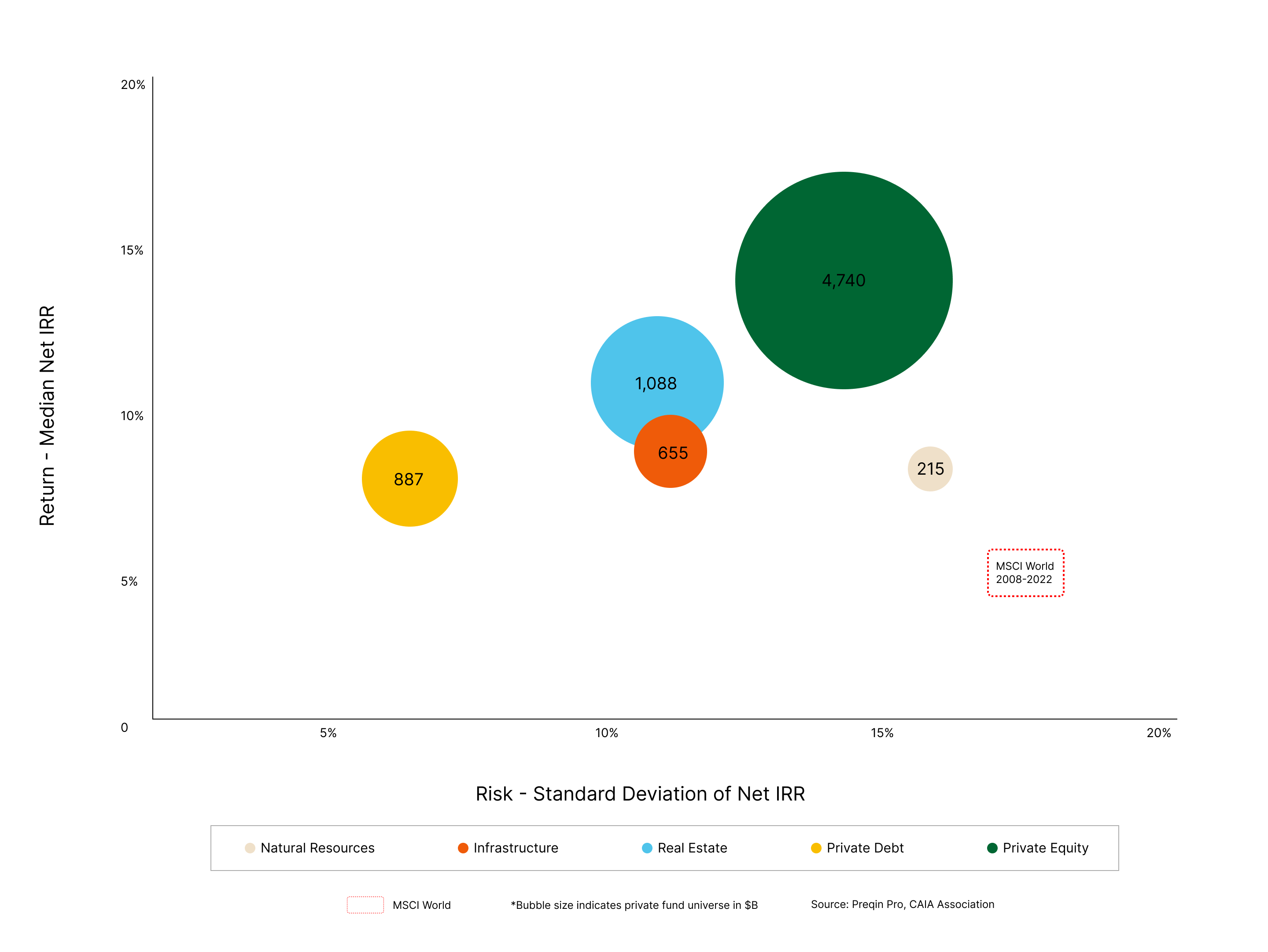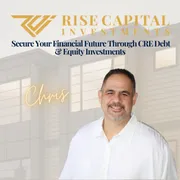Rise Capitals Articles To Educate And Inspire

Risk-Reward Balance in Commercial Real Estate
"Investing isn't just about taking risks; it's about knowing which risks are worth taking. Commercial real estate strikes that balance beautifully." – Rise Capital
Risk-Reward Balance in Commercial Real Estate: A Look at the Numbers and Beyond
Do you ever wonder why some people gravitate toward specific investment vehicles despite perceived high risks? Today, let's unpack a fascinating statistic: While 74% of investors believe commercial real estate carries a higher risk, 88% feel the returns are proportionally higher, validating the risk-reward tradeoff. (Source: Institutional Real Estate, Inc.)
What's Standard Deviation and Sharpe Ratio?
Before we dive into the nitty-gritty, let's clear up some jargon. Standard Deviation is a measure of the amount of variation or dispersion in a set of values. In simpler terms, it helps you understand how spread out the returns could be from an average return.
The Sharpe Ratio is used to help investors understand the return of an investment compared to its risk. It's calculated as
Sharpe Ratio= Expected Portfolio Return - Risk-Free Rate_
Standard Deviation of Portfolio’s Excess Return
Real-Life Example
Let's assume the average annual return on 3 different asset classes and the S&P 500 are as follows:
Equities
Infrastructure: 8% with a standard deviation of 12%
Real Estate Private Debt: 10% with a standard deviation of 4.3%
Private Equity: 16.9% with a standard deviation of 16.1%
S&P 500: 8.8% with a standard deviation of 17.7%
If Treasury Bills offer a "risk-free" rate of 4.5%, the Sharpe Ratios would be:
Infrastructure: (8% - 4.5%) / 12% = 0.29
Real Estate Private Debt: (10% - 4.5%) / 4.3% = 1.28
Private Equity: (16.9% - 4.5%) / 16.1% = 0.77
S&P 500: (8.8% - 4.5%) / 17.7% = 0.24
Real Estate Private Debt comes out ahead in terms of risk-adjusted return, with Private Equity second with a much higher overall return.

Equities Market, Bonds, Real Estate Debt, and Commercial Assets: A Comparative Look
In the equities market, the standard deviation can be wild, ranging from 15% to 30%, leading to a generally lower Sharpe ratio. Bonds are on the other end of the spectrum, offering lower returns with less volatility.
When it comes to real estate debt and commercial assets like multifamily properties, the risk-reward profile offers an attractive middle ground. AAA-rated life insurance companies, some of the world's most conservative investors, hold a significant portion of their portfolios in commercial multifamily real estate. Their goal is cautious growth, as they have guaranteed benefits to pay out.
Commercial Real Estate Debt as a Sweet Spot
Commercial lenders often fund 70%-75% of the capital needed for multifamily properties. They perform rigorous due diligence, assessing the market and operator quality. The cherry on top? Non-recourse debt. This means the lender can't go after the owners and managers to recover losses if the investment goes south. Why? Because they trust the asset class's safety profile.
When Banks Trust Real Estate More Than Stocks
Banks willingly invest $21 million in a $30 million apartment building, not only due to the high potential returns but because commercial real estate typically meets their strict underwriting standards. In contrast, try asking a bank for a $21 million loan to invest in $30 million worth of stock. You'd be laughed out the door.
The Question You Should Be Asking
If some of the world's most conservative investors are putting their money into commercial real estate—both on debt and equity sides—doesn't that make you reconsider its risk profile?
Final Thoughts
Investing is always about striking a balance between risk and reward. Commercial real estate offers a unique blend of stability and profitability that other asset classes might not. It's essential to be intentional and well-informed when constructing your investment portfolio.
Do you think commercial real estate is risky, or is it all about perspective? Share your thoughts below.

